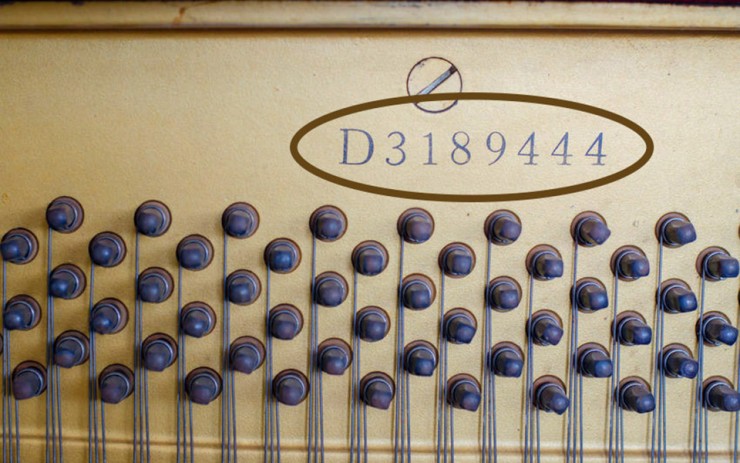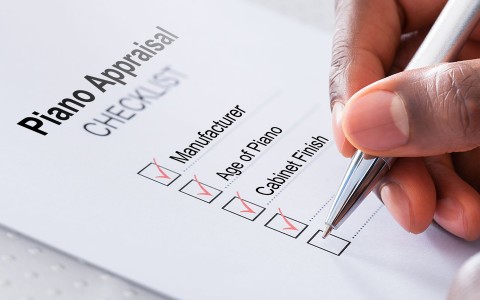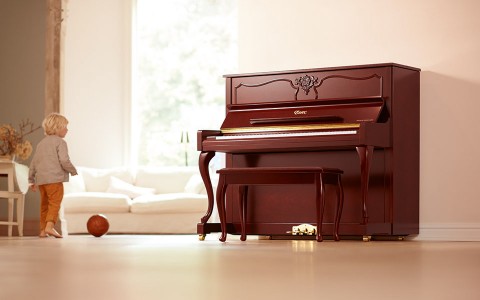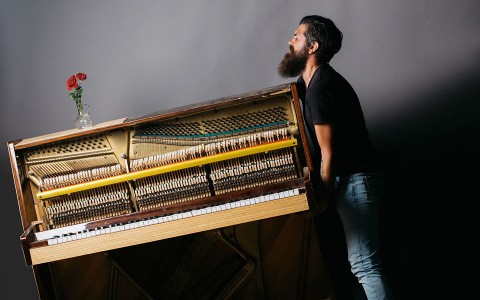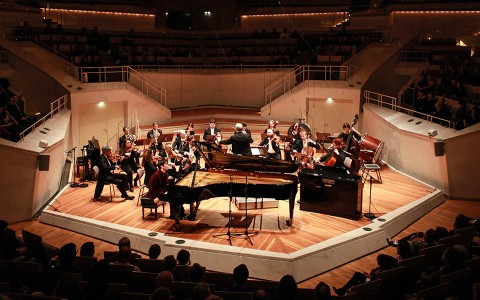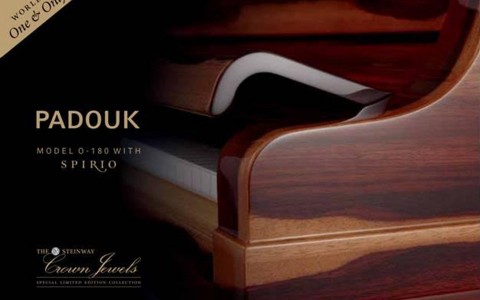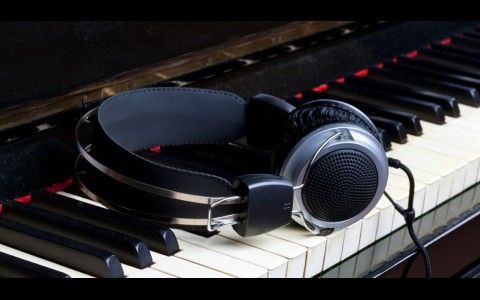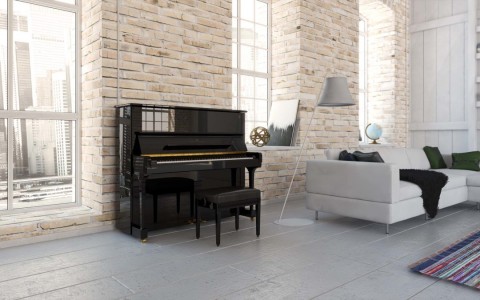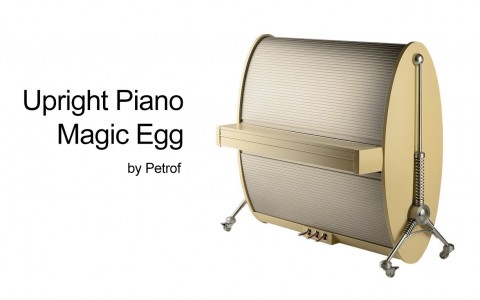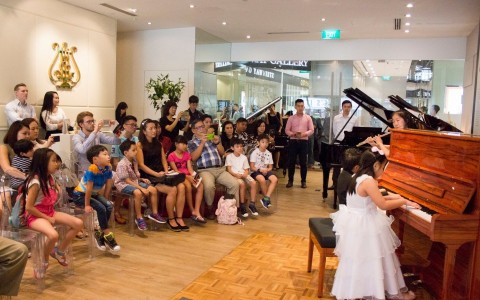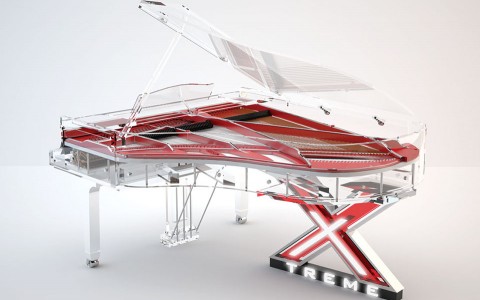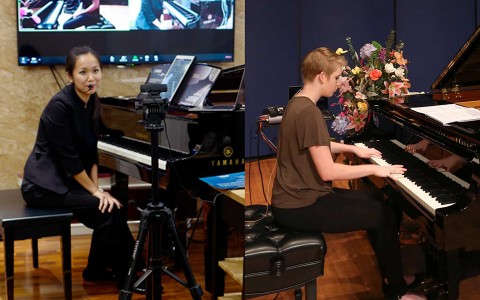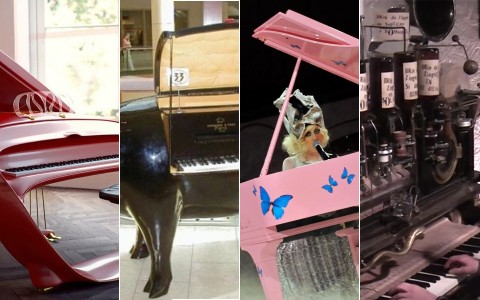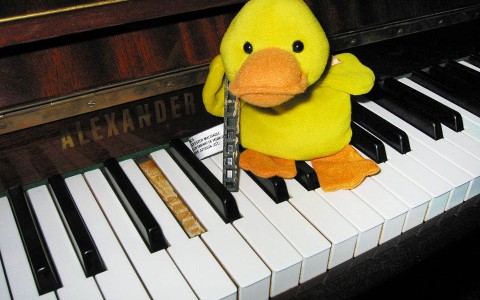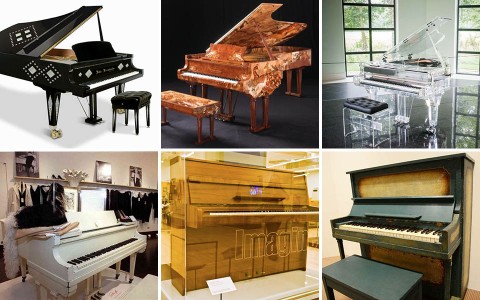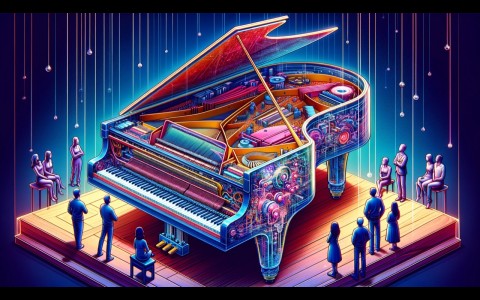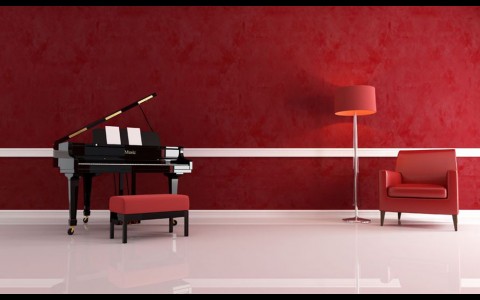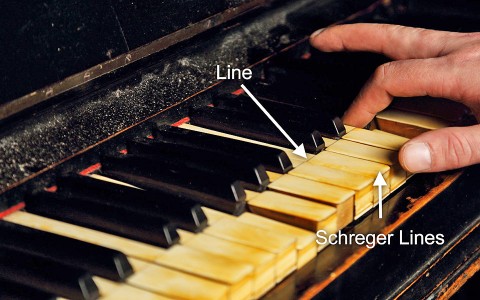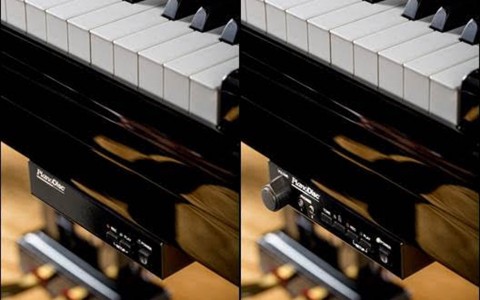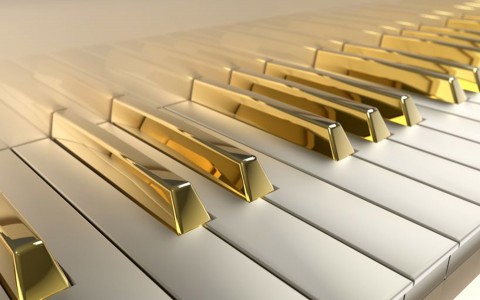Serial numbers – why do we need them? Simple. For identification purposes. Piano manufacturers use them to distinguish one piano from another and look up essential information about it, e.g. it's age.
In the case where you need to sell your piano, it is very common that you need to locate its serial number, because, combined with its piano manufacturer's name, you can calculate your piano's age and consequently determine its estimated resale value. To get an even more accurate resale value, the piano technician will additionally need to assess the piano's condition, and a few other criteria.
Each piano has its own unique serial number assigned by its original manufacturer, and this is considered its birth certificate. A serial number usually consists of 5 to 7 digits. Some may include fewer numbers while some consist of letters to make it all the more unique.
There are various spots on the piano that the serial numbers can be found at.
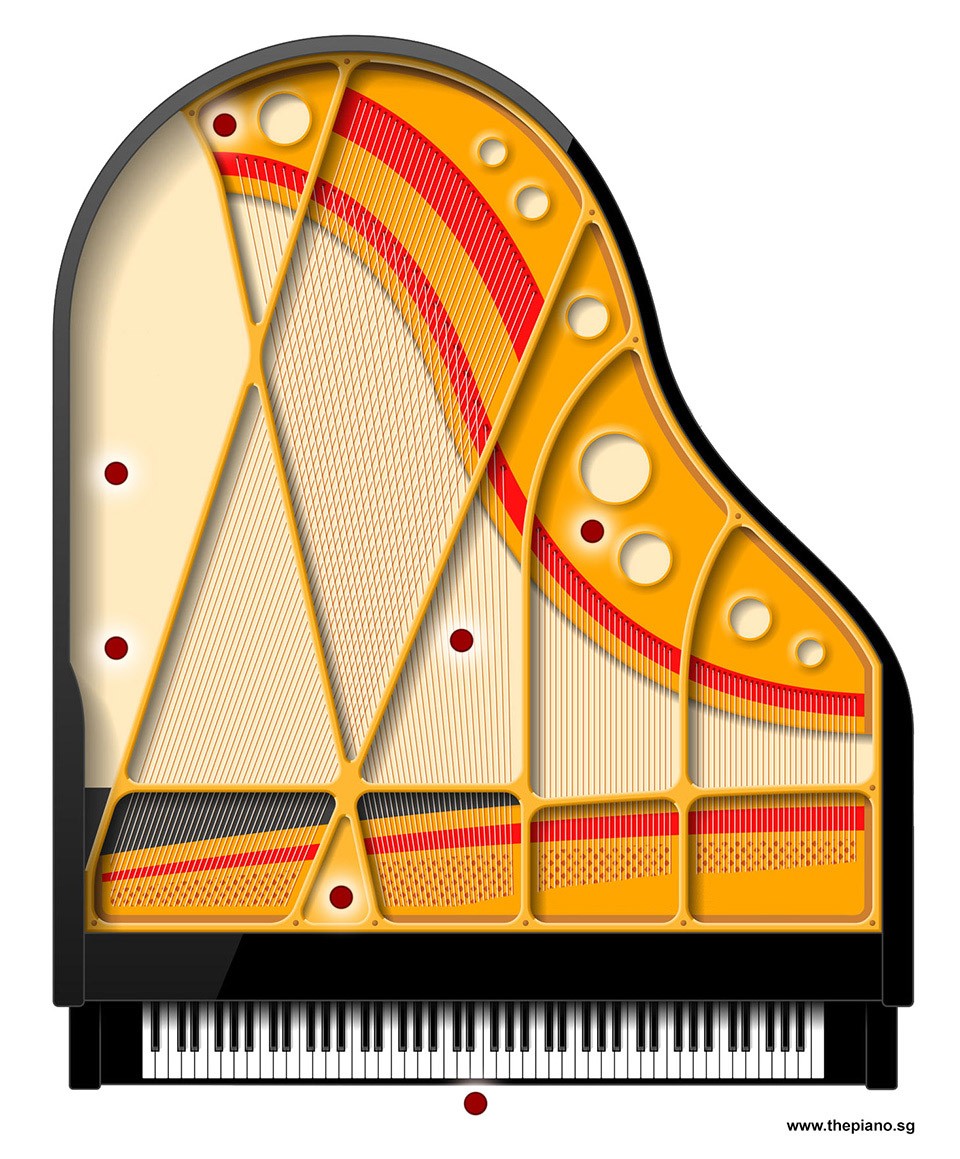
On a grand piano, the most common place where the serial number is stamped is the V-shaped area between the tenor and the bass sections of the plate. Sometimes, it can be found in the soundboard under the strings.
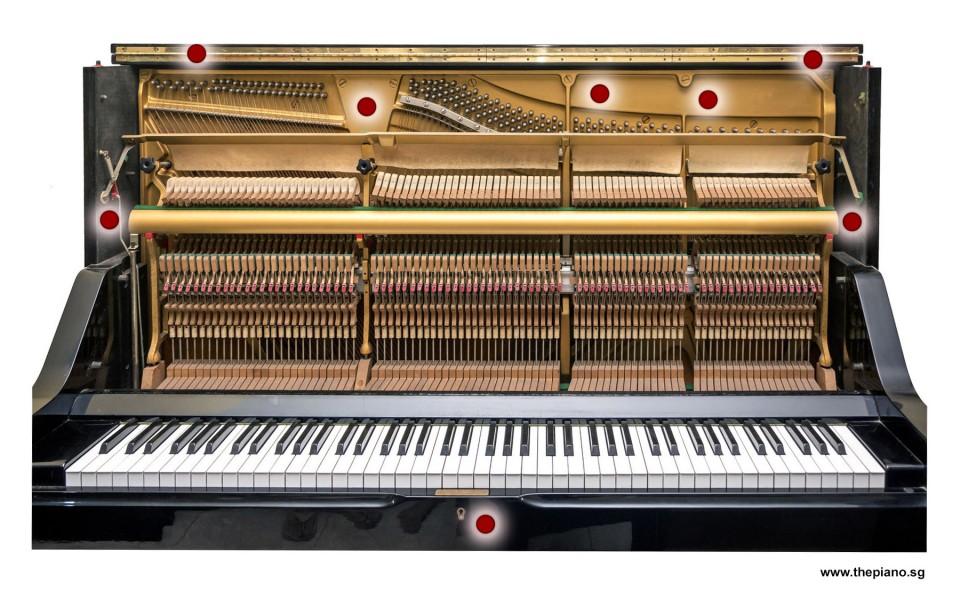
For an upright or vertical piano, when you lift the lid, you will notice a gold harp or plate. The serial number is typically stamped on that plate. Occasionally, it could be behind the keyslip. The diagram above also shows a few other possible locations.
In this day and age, it may still be impossible to find the serial number, even for professionals with years of experience identifying thousands of them. Consult your piano tuner, or piano technician, if you have trouble looking for it. Otherwise, you can contact us via yongmeng@thepiano.sg or (WhatsApp) 87923477.
